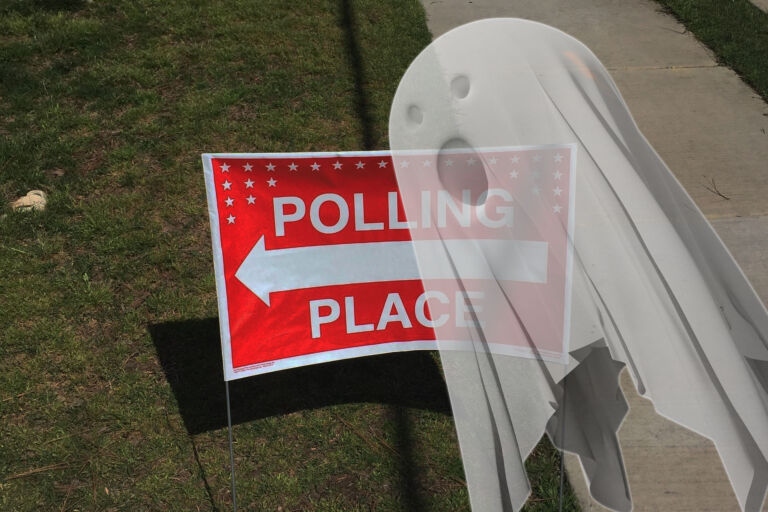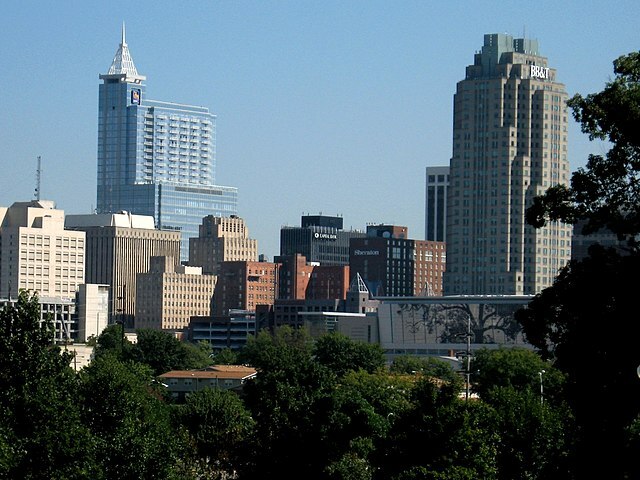The 2010 U.S. Census results are in and they slap North Carolina’s planners in the face. They have been busy telling us that growth must be controlled by increasing housing density and building light rail transit systems. These solutions must be forced on an unwilling citizenry, they say. This is, plain and simple, planning ideology because it lacks supporting facts and ignores citizen preferences. Raleigh’s update of its Comprehensive Plan and the new Unified Development Ordinance are the very embodiment of this ideology.
The 2010 census figures reported and analyzed by Joel Kotkin here do confirm that between 2000 and 2010 Raleigh-Cary was in a virtual tie with Las Vegas for the fastest growing metro area with a 41.83 percent increase in population.
To planners, this growth is terrible. To justify their jobs, this excessive growth must be controlled and channeled based on planning ideology. High-density, high-rise housing and expensive light rail transit are the answers dictated by planning ideology.
But thousands of North Carolinians are benefiting from this growth, with jobs, more opportunities, and living in affordable suburban housing that about 80 percent of the public prefers. In other words, this growth allows them to live the American dream.
Kotkin notes several aspects of this growth. First is job growth. All of the top ten growth cities expanded their job base despite the recession caused by the housing crisis. The number of jobs in Raleigh increased 13.6 percent, the third highest increase in the nation, surpassed by only Las Vegas at 14.8 percent and Austin at 13.9 percent.
In addition:
Throughout the decade people have moved primarily to those areas with cheaper house price relative to incomes….
To understand the rapid growth of a place like Raleigh, you have to look to the migration of people from the Northeast, notably the No. 44 New York area and No. 43 Boston. Housing costs seem to be a leading factor here. The ratio of median house price to median household income in Raleigh averaged 3.6 (peaked at 4.2) — well below that of its primary talent sources like New York, which averaged 6.3, peaking at 7.7, and Boston, which averaged 5.2 and peaked at 6.1. (Emphasis added.)
Finally:
The other major factor determining growth seems to be urban area density and size. Despite all the triumphant celebration of the glories and attraction of dense big city urbanism, almost all the fastest-growing metropolitan areas have low-density core cities and are predominately suburban in form. Indeed not one of the top 15 growing regions has a core city with a density of over 5,000 per square mile and only three, the Dallas-Fort Worth, Houston and Atlanta metropolitan areas, have more than 5 million residents.
In contrast, the regions with the densest core cities–such as Boston and San Francisco–all grew at about half or less than the national average, despite core densities of 12,000 or above. All three of America’s largest metropolitan areas–New York, Los Angeles and Chicago, with populations nearing or above 10 million–grew far below the national average. However thrilling and alluring dense large cities might be to pundits, academics and policy wonks, they are proving not so beguiling to Americans who, for the most part, continue to seek out "the American dream" wherever they can best afford it. (Emphasis added.)
Unfortunately, many North Carolina planners and no-growth special-interest groups such as Wake UP Wake County are doing their best to kill the goose that lays the golden eggs. The Raleigh UDO restricts the amount of land for single-family housing, which will drive up housing prices. It also increases housing density by forcing builders to build high-density, high-rise mixed-use developments that most homebuyers don’t want. Charlotte is the fourth fastest growing city, and its zoning ordinances are based on the same planning ideology that ignores consumer desires.
The plans and ordinances that are currently being implemented all across North Carolina are those that will slow growth and job creation, and thwart consumer preferences for low-density suburban lifestyles. If the planners and no-growth special interests continue to get their way, the 2020 census will have Raleigh and Charlotte looking like San Jose California with only a 5.8 percent growth rate and an 18.4 percent loss of jobs.
Click here for the Local Government Update archive.


